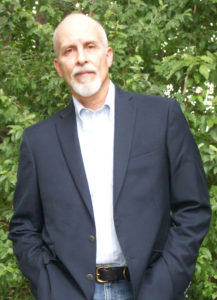
When Len Riedel asked Richard (“Rick”) Britton three years ago to conduct a BGES tour of the original grounds of the University of Virginia in Charlottesville, it was hardly unexpected that he said yes. A native of Richmond, Rick has an abiding love of the Old Dominion and is an acknowledged expert on its history. But what may have come as a surprise was that he actually had the time to do it. That’s because he is somewhat of a modern-day Renaissance man. The author of three books on Virginia, Rick is the official cartographer for the Papers of George Washington Project at the University of Virginia. Much of his map illustrations are of the Revolutionary War and early Republic periods. He also has drawn maps for the Papers of Thomas Jefferson: Retirement Series (at Monticello) and the Papers of James Madison.
In addition, Rick runs his own tour company, Navigator Tours, and works for a half-dozen others. “I also organize and lead tours for The Center of Charlottesville,” he adds. “For that organization in 2020, I’ve got scheduled one Civil War battlefield tour per month starting in April. The first up is First Manassas.”
Rick’s passion of Virginia history began at an early age, when he read as much on the topic as possible. Once he was hooked, he didn’t stop. Today, he owns what he calls “a pretty large library” on his home state. He spoke to BGES Blog on a variety of topics.
BGES Blog: Cartography is a very specialized skill. How did you get into it?
RB: When I was a teenager, I fell in love with the maps in a set of Civil War books printed in the 1880s that I’d borrowed. I started copying them and enlarging them onto big sheets of paper. They eventually covered my bedroom walls. I didn’t realize it at the time, but I was training myself to draw maps as they were drawn back then. In 1980, I helped found a publishing company. As art director, I illustrated a large number of maps in color and black and white. In the early 1990s, when I owned my own graphic-design studio, I picked up contracts with some large publishing firms. Over the years, I’ve illustrated maps for most all of the big publishing companies—Random House, Simon & Schuster, Penguin Putnam, etc.—and for a large number of university presses: University of Virginia, Oxford, Cambridge, Princeton, etc. Recently I’ve illustrated for museum exhibits and websites such as Mount Vernon’s.
BGES Blog: Has your work as a Revolutionary War cartographer had an impact on your study of the Civil War?
RB: I do believe it has informed my Civil War work. I think that if someone wants to really understand Civil War combat, it’s important to know where it came from, how it evolved, how and what changed (and how and what didn’t change). For that reason, I believe a Civil War buff, aficionado, or historian should learn about combat in the Mexican, Napoleonic, and Revolutionary Wars.
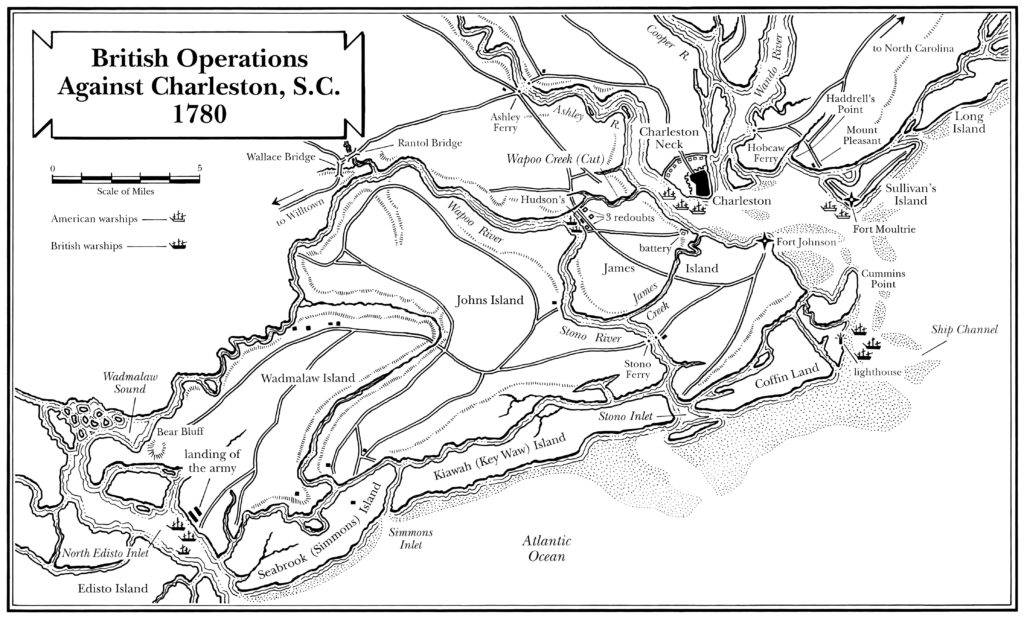
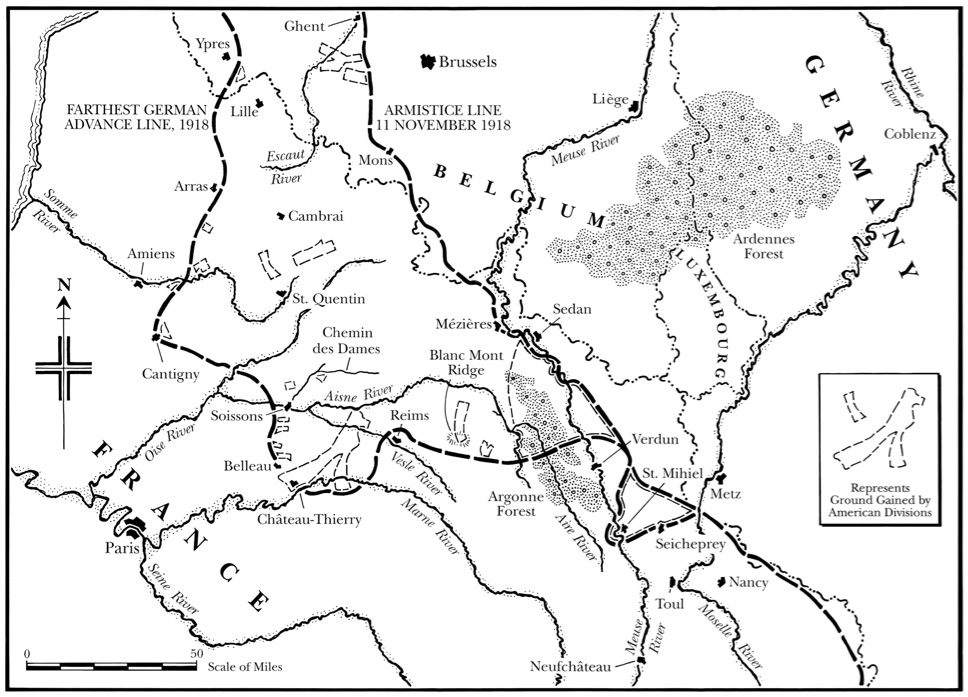
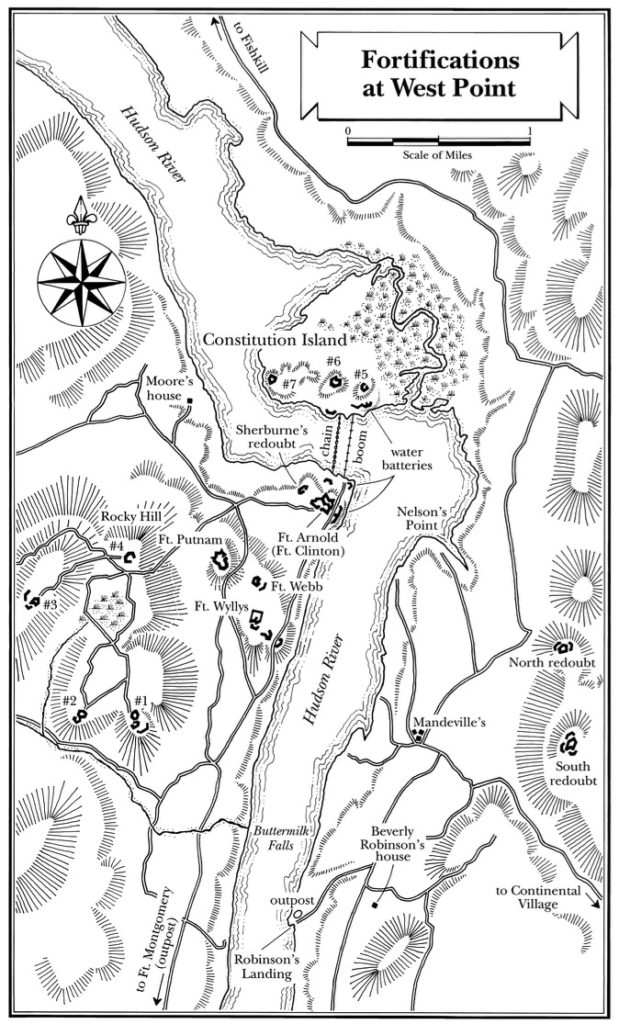
BGES Blog: You’ve also written three books. Tell us about them.
RB: Jefferson: A Monticello Sampler grew out of my admiration for our third president’s amazingly eclectic and wide-ranging interests. It was awarded a medal at New York City’s Book Expo, the nation’s largest book convention. Virginia Vignettes: Famous Characters & Events in Central Virginia History is based on the large number of Central Virginia history-related magazine and newspapers articles I’ve penned. It was nominated for a Library of Virginia Literary Award. Albemarle & Charlottesville: An Illustrated History of the First 150 Years was a project of the Albemarle Charlottesville Historical Society.
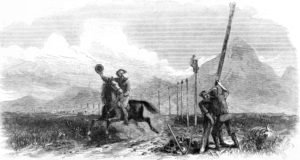
BGES Blog: Who are some of your favorite “characters” from Virginia history?
RB: I have a lot. In no particular order: Benjamin Franklin Ficklin, who’s credited with founding the Pony Express; Edward Coles, who, though born into the antebellum plantation aristocracy, became a powerful anti-slavery governor of Illinois; Tech Sgt. Frank Peregory, who was awarded the Medal of Honor for single-handedly killing eight German soldiers and capturing another 35 on D-Day plus 2; and Archie Chaloner, Albemarle County’s “mad hatter.” He was a multi-millionaire who believed he was Napoleon reincarnated, wrote reams of dreadful poetry and prose, but was nonetheless much beloved by the local farmers and their families because he built them a theater and ran popular movies for free.
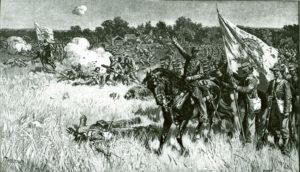
BGES Blog: You’ve probably hosted more tours than you can remember. Do you have any favorites?
RB: That’s easy! My favorite battlefield tour is of First Manassas. It’s really the battle I know the most about. In 1980, I published a regimental-level board game on First Manassas. In the past 40 years it’s become something of a classic: it sells for quite a bit on eBay. Just recently I signed a contract with a large game company to republish the game.
BGES Blog: You’ve also led tours for BGES. What do you enjoy about them?
RB: Yes. I’ve done quite a few: Fredericksburg and Chancellorsville (over the course of one weekend); Brandy Station and Trevilian Station (likewise on a weekend); and last year’s 1781 Virginia Campaign (over three days). The BGES members are absolutely fantastic, several cuts above my normal tourists knowledge-wise. What I get out of BGES tours is several day’s-worth of in-depth military history discussions.
You must be logged in to post a comment.